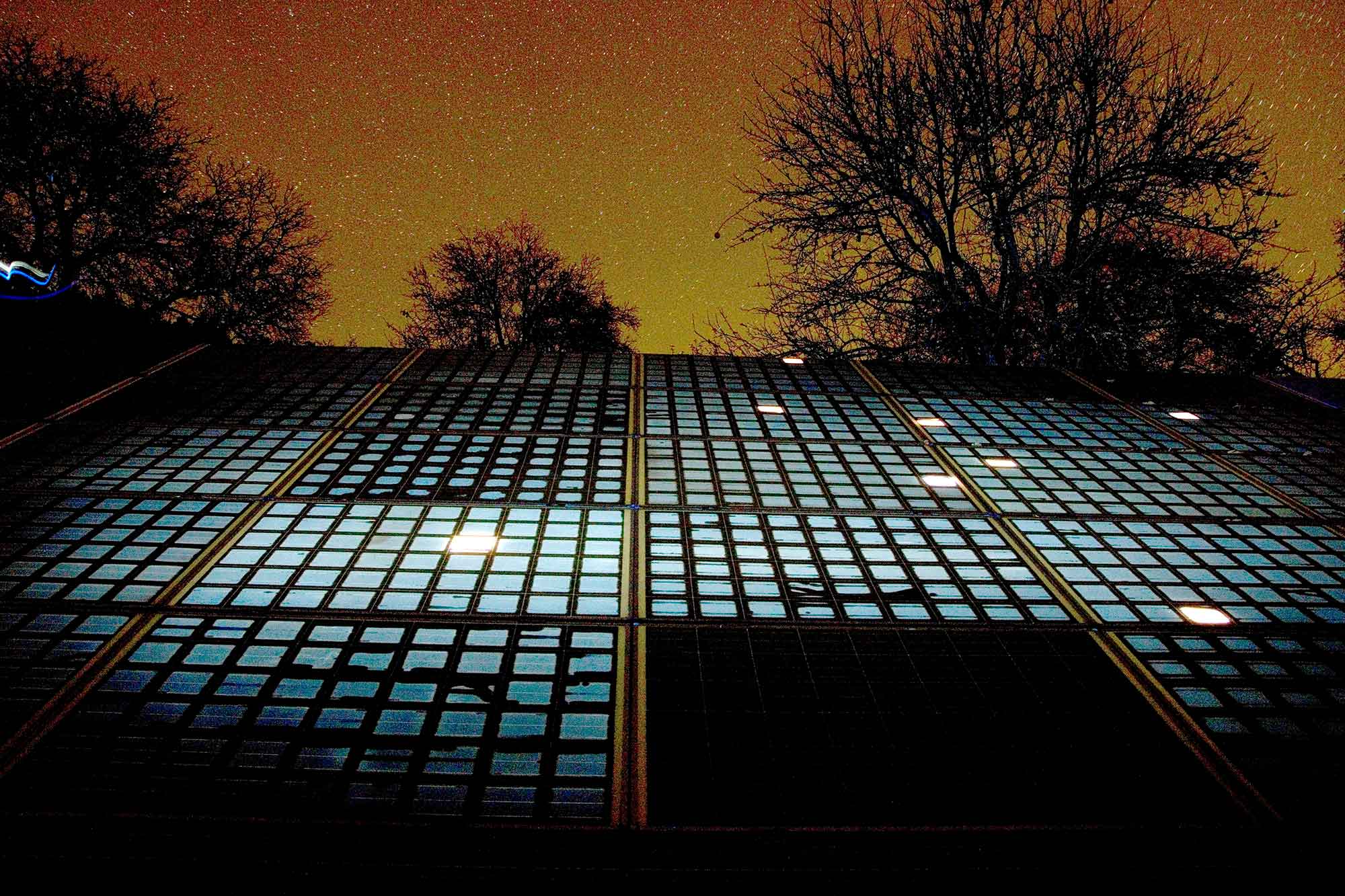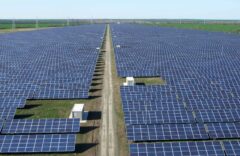Reliability tests and modelling to analyse new combinations of materials in PV systems have become increasingly important in order to prevent photovoltaic power plants from suffering over extended periods of downtime. ADVANCE! is an interdisciplinary research project led by AIT Austrian Institute of Technology in cooperation with research and corporate partners.1 It is opening up new paths for analysing the long-term and degradation behaviour of PV modules using digital means.
To this end, innovative, complex statistical data processing models and machine learning algorithms are being developed and used to analyse how the behaviour of PV modules changes over time and in response to stress. The project team uses extensive measurements and characterisation data taken from artificially aged PV modules from the INFINITY2 flagship project, which have been subjected to precisely defined, accelerated ageing scenarios.
Preventive maintenance for PV modules
In the PV sector, maintenance is usually done based on condition. This means that the condition of the PV facility is checked, either regularly or continuously. Maintenance actions are often started late, i.e. after a fault occurs. New digital technologies are opening the door to so-called predictive maintenance, thus enabling additional improvements and greater efficiency. Predictive maintenance makes use of innovative characterisation methods and digital sensors combined with data science/mining methods that have only recently become available. The PV system’s current condition is compared to how it is predicted to age. Using this modelling, the ideal timing and measures for maintenance can be planned in advance and arranged in an economically efficient way.

Electroluminescence image analysis – indications of predicted “cracks” (red), “finger faults” (green) and “corrosion” (blue) and corresponding limit ranges, image: SAL/Lukas Neumaier
Modelling ageing processes
Various modelling approaches are being developed and applied as part of the project. The research is geared towards identifying the links between the drop in performance suffered by operational PV modules and the specific degradation behaviour of the materials used as well as analysing the effects of stress. These findings will then be used to develop forecasting models that are also to be evaluated in real-life settings. This work aims to lay important foundations for developing highly efficient materials in the future and formulating specifications for predictive maintenance.
projekte.ffg.at/projekt/3862073
Work packages
> Automated data preparation: feature selection, image analysis (neural networks – machine learning), data reduction (converting digital information obtained from experiments into a corrected, ordered and simplified form)
> Statistical modelling of links between data and measurements from an extensive pool of existing data (multiple sets of time-resolved characterisation data on PV modules during various accelerated ageing tests)
> Creating a predictive model (chemical/physical/electrical) for the longevity and reliability of PV materials and PV modules
> Validated degradation models for PV materials and PV models for spotting the signs of ageing early and producing optimised, accelerated ageing tests and specifications for predictive maintenance

1 PROJECT PARTNERS: AIT – Austrian Institute of Technology GmbH, Applied Statistics GmbH, SAL – Silicon Austria Labs GmbH, OFI – Austrian Research Institute for Chemistry and Technology, PCCL – Polymer Competence Center Leoben GmbH, KIOTO Photovoltaics GmbH, FHTW – University of Applied Sciences Technikum Wien
2 See energy innovation austria 2/2017 for details of the INFINITY lead project
www.energy-innovation-austria.at/article/infinity/

